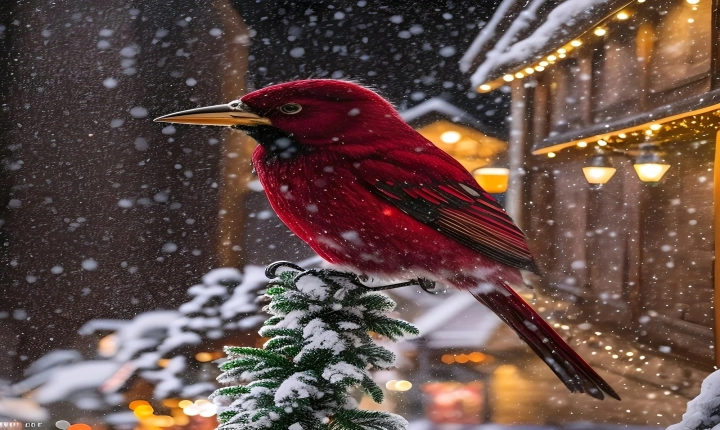In recent years, the development of artificial intelligence (AI) has advanced at a rapid pace, leading it to be utilized in a wide range of applications. One of the more unexpected areas where AI has made significant strides is in the field of creative writing, particularly poetry. The idea of AI creating poetry may seem far-fetched or even unsettling to some, but the reality is that AI-generated poetry has been gaining attention and significance in the literary world.
The ability of AI to write poetry raises questions about the nature of creativity and the role of human expression. Can a machine truly understand the nuances of language, emotion, and storytelling that are integral to the art of poetry? Can an AI capture the depth and complexity of human experiences and emotions in a meaningful way? These questions have sparked debates and discussions among writers, poets, and AI developers.
AI-generated poetry is created through complex algorithms that analyze patterns in language, structure, and rhythm. These algorithms are trained on vast collections of existing poems, allowing them to learn and mimic various styles and techniques. Through this process, AI is able to produce original poems that imitate the style of well-known poets or create entirely new and unique works.
One of the most compelling aspects of AI-generated poetry is its ability to explore unconventional and avant-garde forms. Due to its lack of preconceived notions and traditional boundaries, AI is free to experiment with language and form in ways that may challenge our understanding of what poetry can be. This opens up new possibilities for creative expression and pushes the boundaries of literary innovation.
Furthermore, AI-generated poetry has the potential to introduce new voices and perspectives into the world of poetry. By drawing from a wide range of sources and cultural influences, AI can create poetry that reflects diverse experiences and viewpoints, enriching the literary landscape with fresh and unexpected perspectives.
However, for all its potential, AI-generated poetry also raises concerns about the authenticity and emotional depth of the work. Many critics argue that AI lacks the human insight and emotional intelligence necessary to create truly meaningful and impactful poetry. While AI may be adept at imitating established styles, it is often unable to convey the depth of human experience and emotion that is characteristic of powerful poetry.
It is important to acknowledge that the emergence of AI-generated poetry does not pose a threat to the role of human poets. Rather, it presents an opportunity for poets to engage with new tools and technologies in their creative process. AI can serve as a source of inspiration and a tool for generating ideas, prompting human poets to explore new directions and approaches in their own work.
In addition, AI-generated poetry can be used as a means to spark creativity and collaboration, leading to unexpected and innovative creations. By pairing AI-generated poetry with human intervention and interpretation, poets can explore the dynamic relationship between human and machine creativity, leading to new and unexpected poetic forms and expressions.
In conclusion, the emergence of AI-generated poetry presents both challenges and opportunities for the literary community. While AI may never fully replicate the depth and emotional resonance of human poetry, it has the potential to inspire new forms of expression, challenge established conventions, and broaden the scope of what poetry can achieve. As technology continues to evolve, AI-generated poetry will likely continue to be a source of fascination and debate within the literary world, prompting us to grapple with the evolving role of technology in creative expression.
